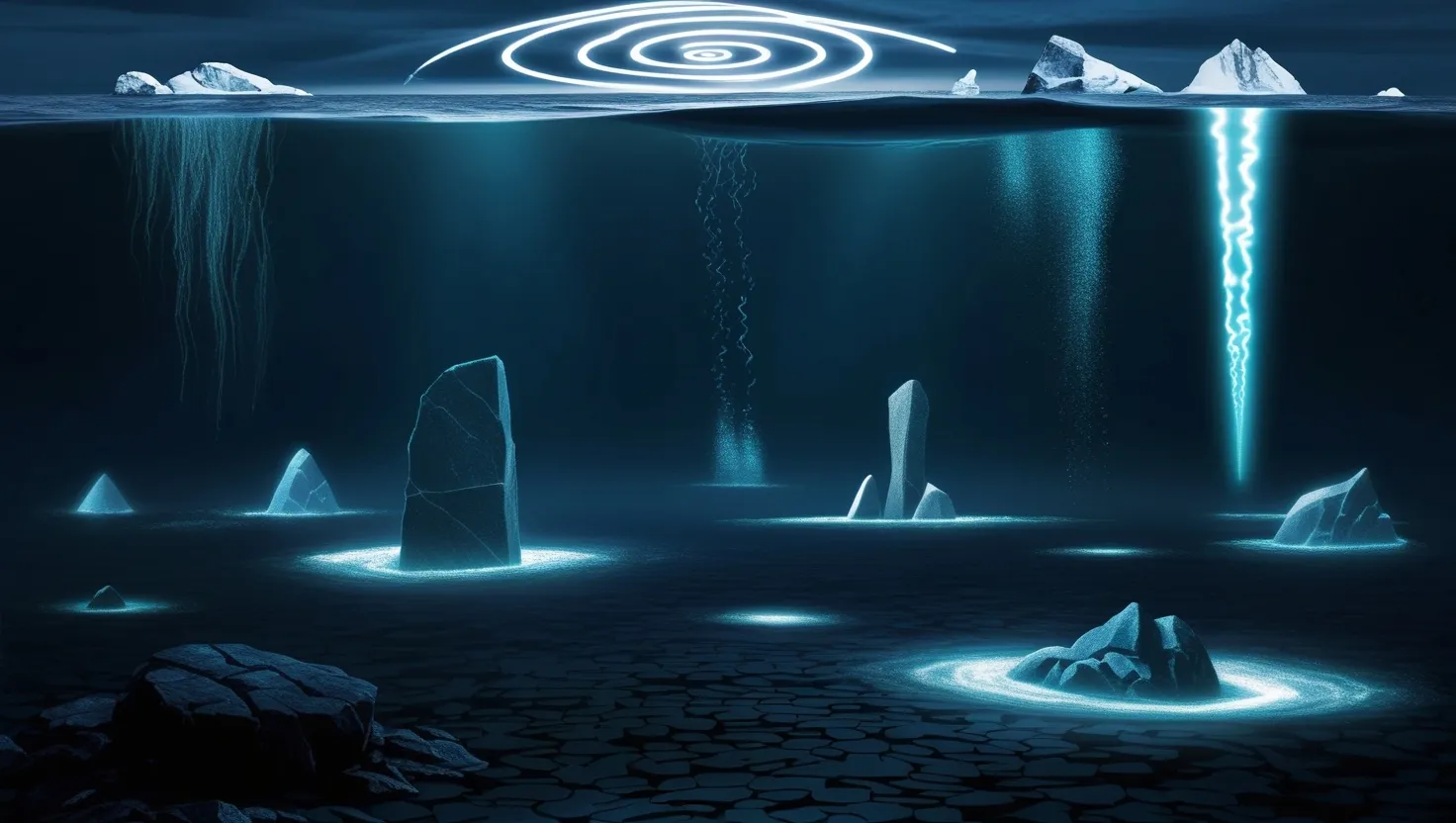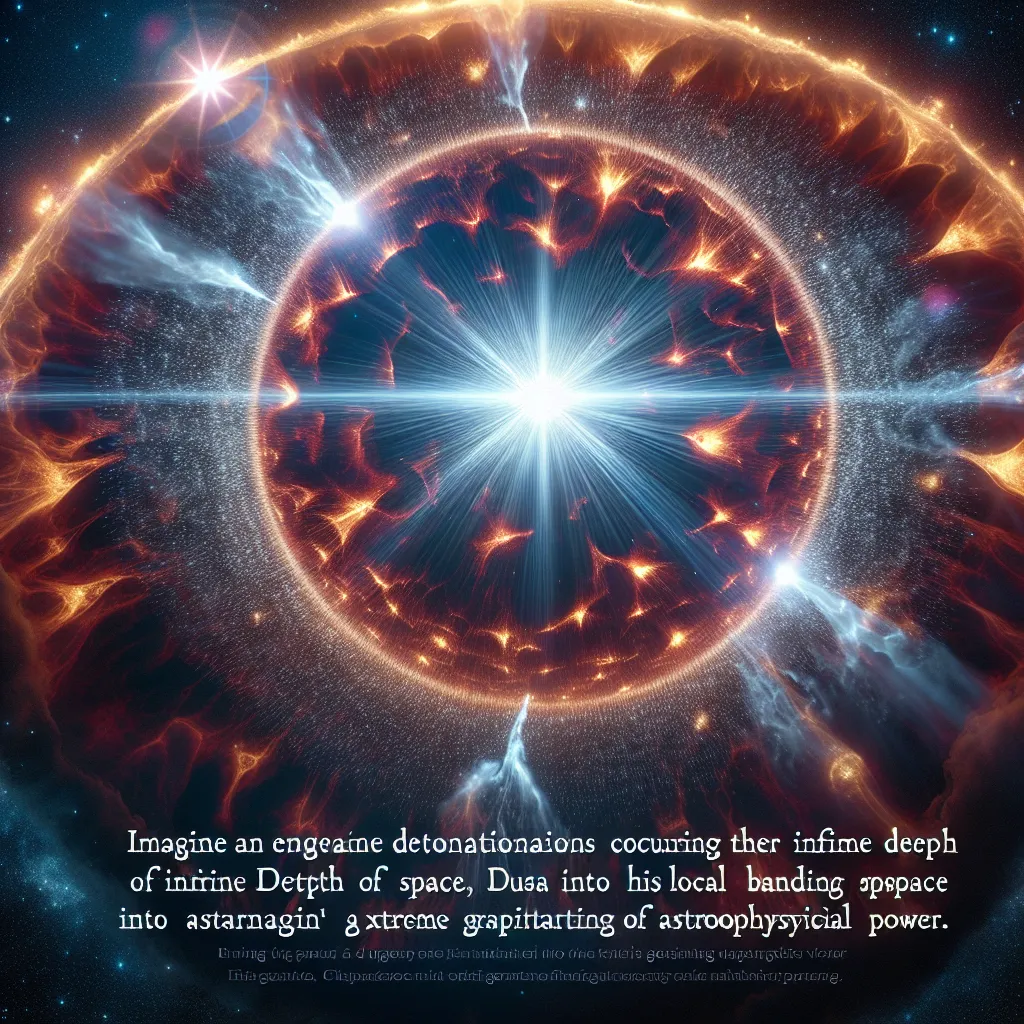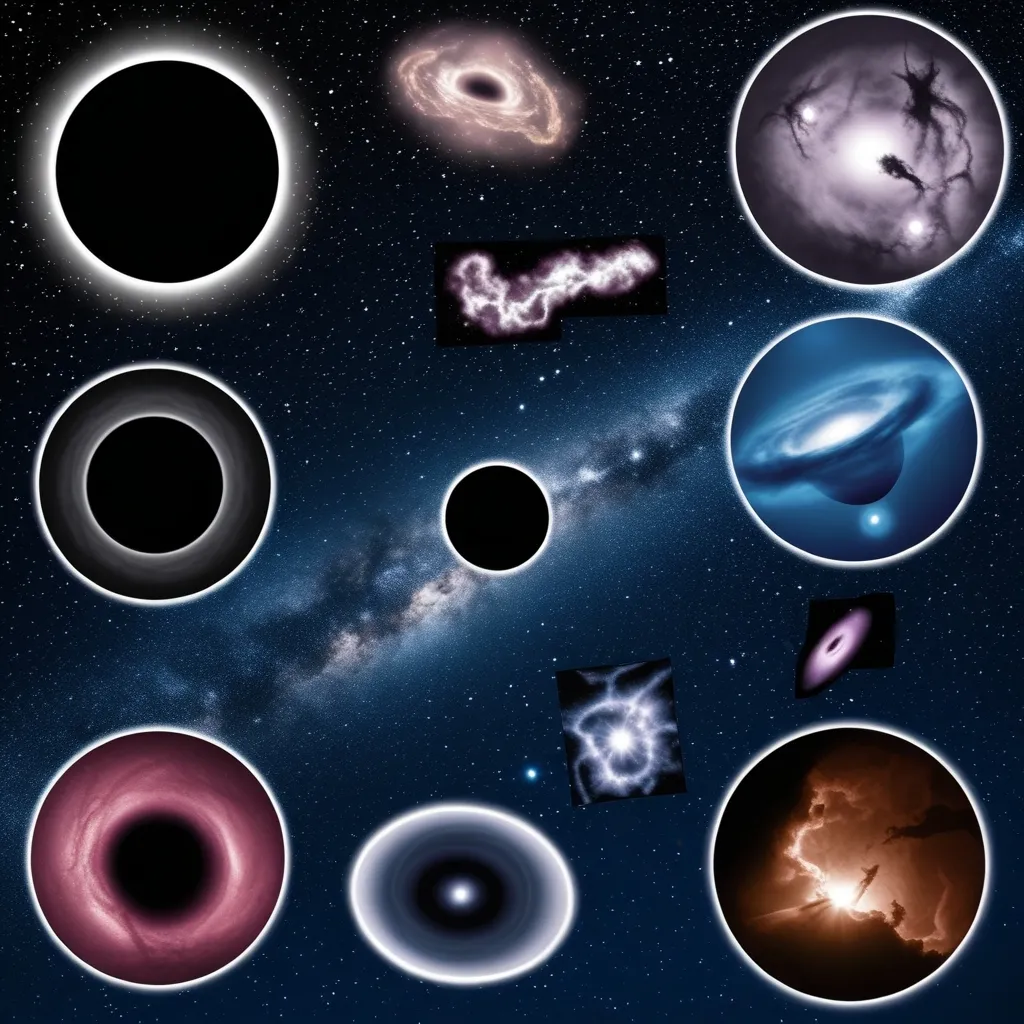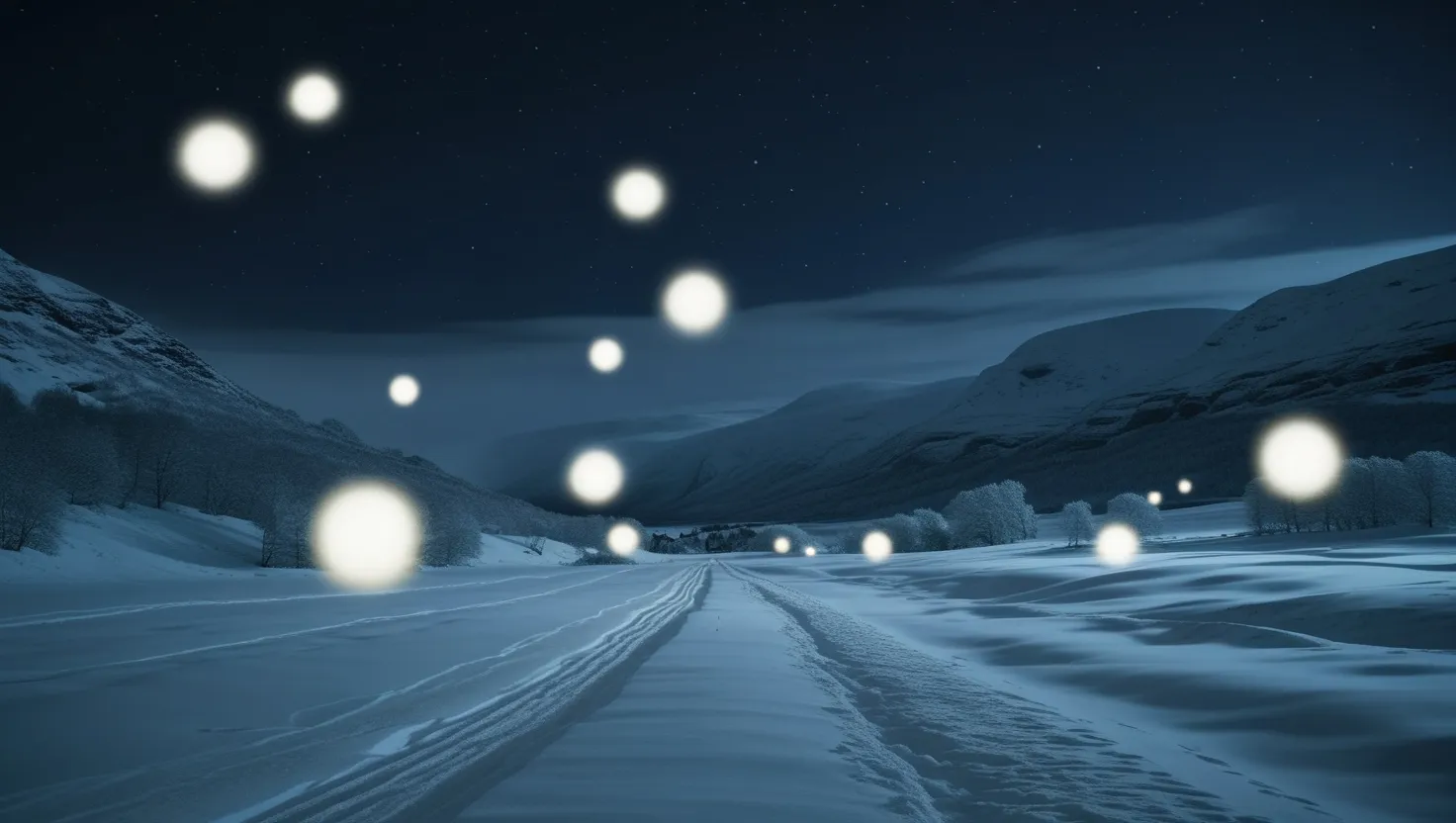If there’s one place where fact stubbornly resists interpretation, it’s the ocean. As we probe deeper into its chasms, the puzzles only multiply. I find it fascinating that, despite satellites that can map mountain peaks and submarines that slip through the trenches, there are incidents in our waters that continue to defy every theory we throw at them. Let’s pause for a moment and ask—do we really know what lurks in the blue-black reaches beneath our ships?
Consider the “Bloop.” In 1997, the sound washed over the hydrophones across the Pacific. Its low, booming pulse was so powerful, scientists initially suspected it was louder than any living thing—could any whale, squid, or even geological process produce such a signature? Some leaned toward the poetic: an unknown leviathan, a creature that dwarfed our known catalog of life. Decades later, debate endures. Oceanographers have offered icequakes as a possible culprit, but the source remains officially unpinpointed. And in a world where we scan every passing blip, this persistence of mystery is rare.
“Not all those who wander are lost.” — J.R.R. Tolkien
I often imagine the old mariners peering into “milky” seas—those vast, glowing patches that can spread for tens of thousands of square kilometers, visible even from space. First chronicled centuries ago, these seas defy easy explanation. We attribute the glow to bioluminescent bacteria, yet what triggers these bacteria to illuminate so widely, so suddenly, and with such coordinated intensity? I wonder, could there be unknown environmental cues, or are we simply missing an entire ecosystem at play? The more we try to sample and replicate the effect in labs, the more questions surface.
We listen to the ocean’s depths—and sometimes, it talks back. In the Mariana Trench, the deepest spot we know, instruments have caught sharp, resonant acoustic pulses, unlike anything biological or seismic. They echo without clear pattern or origin, and no vessel or organism matches the profile. Is there a secret to the abyssal geology we haven’t mapped? Or are we picking up signatures from unknown marine life, whose adaptations require entirely new concepts in biology? These echoes remind me how little our sensors can truly see and hear.
William Beebe once wrote, “When the waters are calm and the sky is blue, the mysteries of the sea can seem far away. But when the waves are high and the air is thick with salt, you begin to sense the presence of hidden forces at work beneath the surface.”
Now, picture this: off the coast of Cuba, at a depth where sunlight fails, sonar sweeps picked up what looked eerily like buildings—right angles, pyramidal forms, long corridors. Is it the lost handiwork of an unknown civilization, or could nature, under immense pressure and time, craft such symmetry? Geologists and archaeologists have argued for years, pouring over grainy images, but without direct exploration, it lingers as a riddle. If natural, these formations challenge our understanding of oceanic geology. If ancient ruins, they rewrite our history of human settlement and seafaring.
Every so often, simple creatures remind us complexity isn’t a human monopoly. Off the coast of Japan, male pufferfish create elaborate sand sculptures—meters wide, with repeating geometric patterns. These are intricate, almost architectural, and built using only fins and instinct. The common answer is mating: attracting females. But why such elaborate designs? Why the enormous effort, when simpler displays might suffice? It’s almost as if there’s an aesthetic or social nuance we’re not seeing—a layer of animal behavior too subtle for our instruments or experiments to capture.
“Man cannot discover new oceans unless he has the courage to lose sight of the shore.” — André Gide
Another place where interpretation clashes is the Yonaguni Monument. Submerged off Japan, these geometric stone formations are massive, with flat planes and precision angles that tempt the modern mind toward ancient architects. Divers claim to see stairways, terraces—perhaps even faces. Yet skeptics argue for natural fracturing, the work of waves over millennia. The debate highlights a broader scientific humility: how often do we mistake pattern for plan? What criteria do we use to draw the line between nature and intent? Some researchers note the formations align conspicuously with cardinal directions, others insist on coincidence. For now, the monument sits underwater, offering no clarifications.
Let’s not forget the sky above the Arctic Ocean. In 2009, Norwegians watched a massive, perfectly spiraled blue-white light twirl across the night, reflected and amplified by the cold air over the sea. Officials quickly cited a failed missile test, but not everyone is convinced. The spiral’s sheer symmetry, duration, and the physics of its plume don’t fit the usual playbook. Was it a technological anomaly, or something more? The episode raises a question: how can we be sure our explanations are not just convenient placeholders? Sometimes, the simplest answer is unsatisfying precisely because it leaves too much unchallenged.
“Science is the great antidote to the poison of enthusiasm and superstition.” — Adam Smith
Across these mysteries, one theme stands out: oceans push back against easy answers. Technology gives us glimpses, but every glimpse brings new uncertainties. For every submarine that illuminates a crevice, for each satellite that captures a glow, fresh quandaries ripple outward. We ask: are our models too rigid? Are we interpreting data through a narrow lens, colored by what we expect to see? The ocean—as any diver will tell you—does not care about our expectations.
Yet isn’t this the secret charm of scientific mystery? The questions matter more than immediate solutions. Each puzzle invites creative thinking. Perhaps the Bloop isn’t just a curiosity but a hint toward undiscovered ecosystems or unexpected geophysical processes. Maybe the milky seas and their microbial fireworks teach us about undisclosed chemical triggers in the global carbon cycle. The Yonaguni Monument might, one day, illuminate intersections between geology and the earliest settlers along the Pacific rim.
“What we know is a drop, what we don’t know is an ocean.” — Isaac Newton
Whenever I think about these riddles, I have to ask: what are we missing about the everyday rhythms below? Might future explorers laugh at our confusion, or will they join us in marveling at the persistent, shrouded depths?
The ocean is not just a realm of darkness and pressure. It’s a forum, a stage for the extraordinary—the “impossible” glow, the sonic boom, the geometric patterns, the pulses of sound and light that challenge every preconception. As we push our tools ever deeper and our theories ever wider, we are reminded that knowledge is always provisional. Sometimes, the best we can do is watch, record, ponder, and return—hoping the next clue upends yesterday’s certainty.
So, next time you stand on a beach, or watch waves break against the rocks, consider this: just out there, beneath even the most familiar surface, phenomena occur that could rewrite textbooks, baffle satellites, and humble the proudest technologist. Are you ready to accept how much remains to be discovered? Or does the mystery itself offer a kind of answer—a reassurance that in a mapped, measured world, there are still places for wonder?






